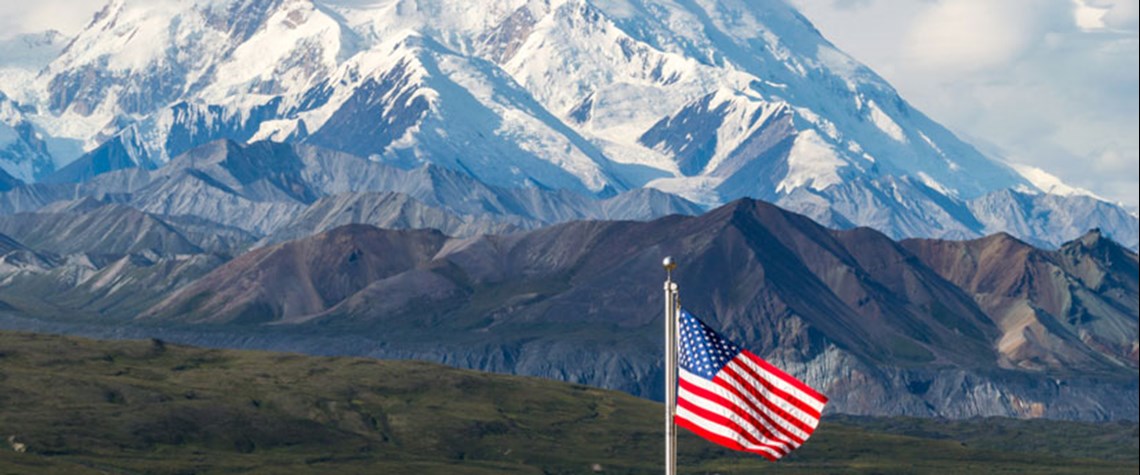Alaska labours to change direction
Near-term output is expected to wane despite political backing for the Willow project
Alaska’s oil sector is struggling to reverse its steadily declining output. The state’s oil production fell to an average of 448,000bl/d in 2020, its lowest level in more than 40 years, according to the EIA. While the Covid-19 pandemic was a factor in this, the declining trend had been clear long before. Producers in Alaska remain confident in the state’s oil and gas potential, but there are various obstacles to realising it. And while some of these could be addressed, others may be more terminal. Like many other regions where oil development can be costly and challenging, Alaska has struggled to compete for investment with shale plays in the Lower 48 states. Crude prices have been strengthe

Also in this section
22 July 2025
The gas-hungry sector is set for rapid growth, and oil majors and some of the world’s largest LNG firms are investing in ammonia production and export facilities, though much depends on regulatory support
22 July 2025
Next year’s WPC Energy Congress taking place in April in Riyadh, Saudi Arabia will continue to promote the role of women in the energy sector, with a number of events focusing on the issue.
22 July 2025
Pedro Miras is the serving President of WPC Energy for the current cycle which will culminate with the 25th WPC Energy Congress in Riyadh, Saudi Arabia in April 2026. He has over 30 years of experience in the energy sector, including stints with Repsol and the IEA. Here he talks to Petroleum Economist about the challenges and opportunities the global energy sector currently faces.
17 July 2025
US downstream sector in key state feels the pain of high costs, an environmental squeeze and the effects of broader market trends








